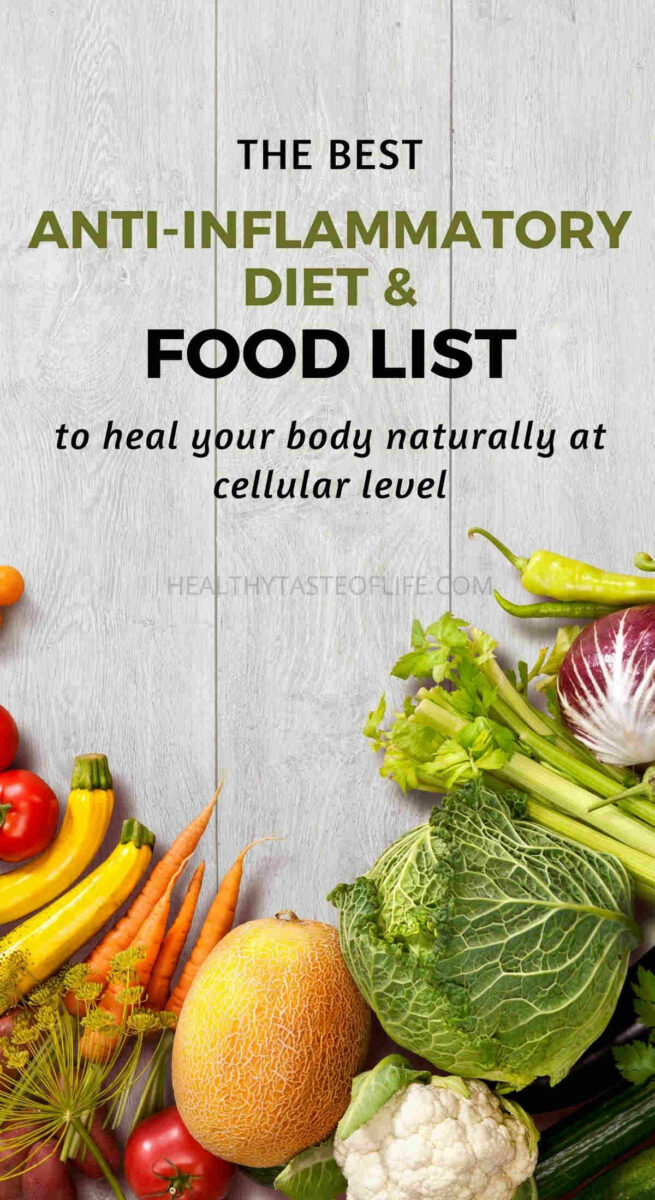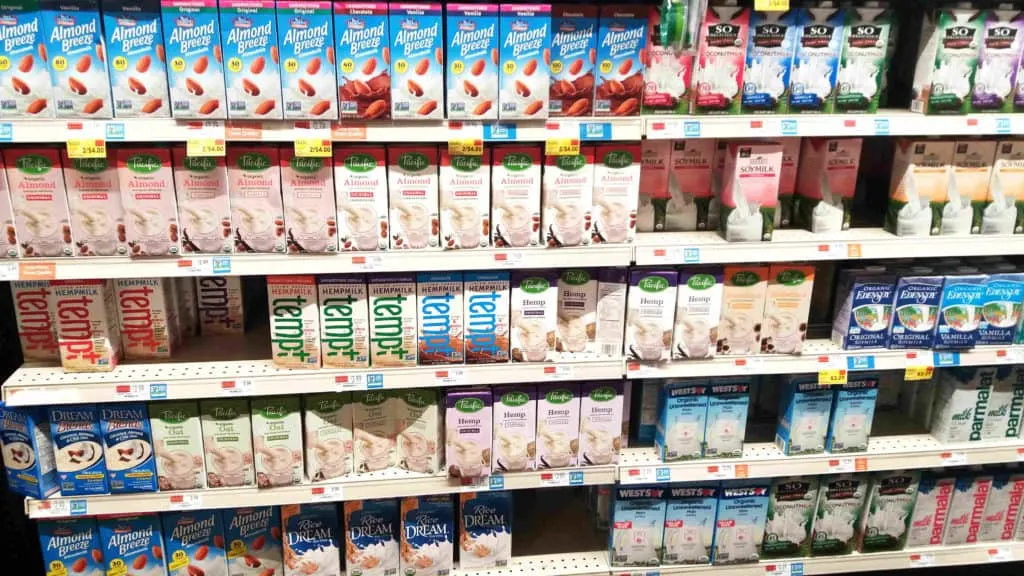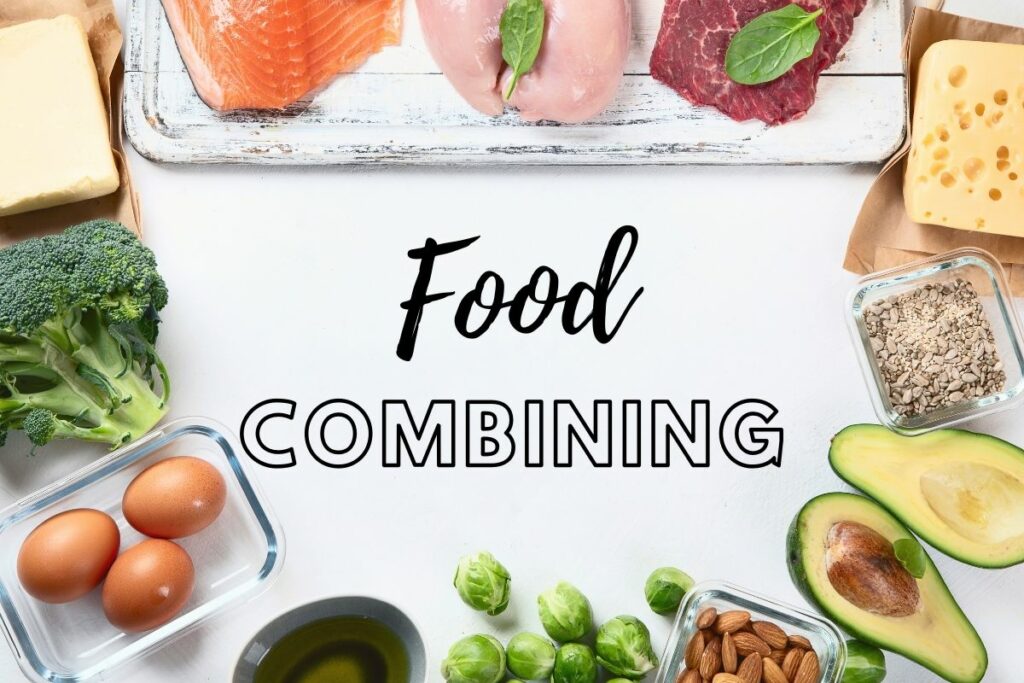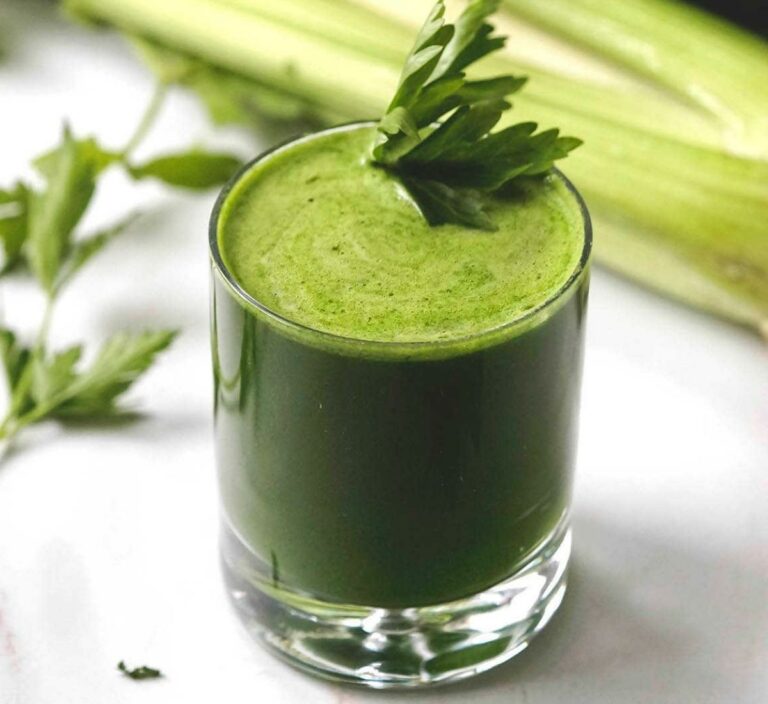Pros And Cons Of Paleo Diet, Things To Consider Before Trying
The Paleo Diet also named Stone Age diet, is hugely popular these days. The paleo diet runs on the same foods our hunter-gather ancestors supposedly ate: fruits, vegetables, meats, seafood, and nuts. Anything that comes in a box, jar, or bag should be avoided, as should anything that just wasn’t consumed back then. That means no grains, dairy, added salt, or legumes (including peanuts, beans, lentils).
Here we’ll discus the pros and cons of paleo diet and my personal experience.
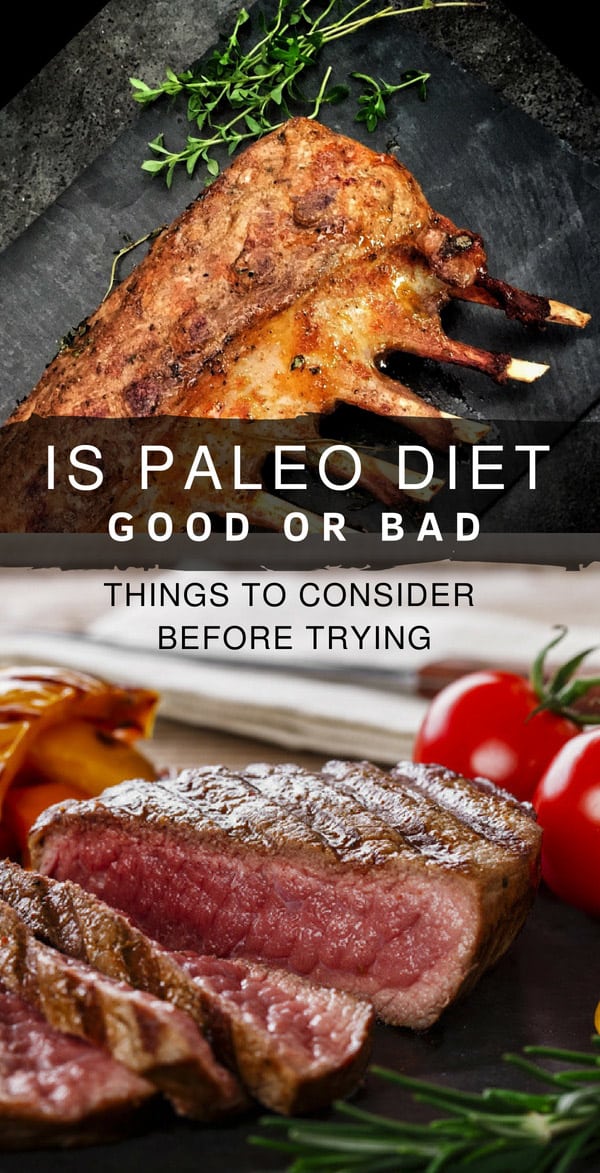
Pros And Cons of Paleo Diet
I would say the idea is really good, it is certainly better than what we are trained to eat by food advertisers. These days we have so many food choices that is almost impossible to not get tempted by something not so beneficial for our health. One single type of product can occupy an entire shelf in the store and more than 70% is mostly cheap unhealthy food.
But before we dive into pros and cons of paleo diet, there are some things I personally think about this diet.
I tried this the paleo diet myself for a while (about 6 months) and I can say that it has many positive sides, it’s simple and easy to follow, probably that’s why it is so successful. It definitely helps you shift your perspective about packaged foods.
But since I’m not a heavy meat eater sometimes I struggled reducing meat consumption while trying to keep my stomach fuller longer. I found that when consuming meat everyday I would fell heavy and less energy comparing to no-meat days. So I feel that is probably my biggest consideration against paleo diet.
Keep in mind that for each person the experience will be different according to their health condition, genetics and needs.

Paleo Diet helps you avoid processed foods and GMO

Less consumption of dairy
About 75% of the world’s population is unable to break down lactose as adults, a phenomenon called lactose intolerance. Some are just allergic to milk protein, usually kids. Consuming it can cause inflammation and thus more serious health problems. However lactose intolerant people can sometimes consume fermented dairy. Contrary to popular belief, eating dairy products has never been shown to reduce fracture risk, it’s linked to prostate cancer and heart disease.
Try to eliminate milk, cheese, yogurt, and ice cream for two weeks and see if you feel better. If you notice improvements with your sinuses, post-nasal drip, headaches, irritable bowel syndrome, energy, and weight, it’s probably the dairy’s fault. Then start eating dairy again and see how you feel. If you feel worse, you should try to give it up for life.
It’s not the same meat
Meat quality depends on many factors including: animal’s nutrition, hygiene and toxicological aspects such as bacterial contamination and residues of toxic and pharmaceutical compounds and of course meat processing aspects.
Our ancestors most likely hunted antelopes, buffalo, and probably some animals we’ve never heard of that are long extinct. Their meat was generally quite lean, and provided more healthy omega 3s than meats from modern day animals. The vast majority of meat purchased at supermarkets now comes from livestock that has been raised on what are called Concentrated Animal Feeding Operations (CAFOs), also known as “factory farms. Any animal that lives in such cramped, confined conditions isn’t going to be especially healthy, so they’re given antibiotics, hormones, de-worming medication, growth-promoting drugs, and other medicines that help them reach their slaughter weight quickly and without getting too sick. They’re also fed primarily grain (corn and soy), and most of it is GMO because is cheaper.
Even the grass-fed animals are heavily contaminated as the environment is highly polluted. Herbicides like Grazon P&D and Redeem R&P are sprayed on the hay field or on the pasture itself. Herbicides are also used to control broad-leaf weeds that crowd out the grasses. The toxins will eventually travel up into the flesh of the cattle as they eat and also down into the groundwater and eventually into our wells, streams, lakes, rivers and oceans.
Still, if it is certified organic, they are only required to have the animals out on pasture about 30% of the time, and they can supplement the animals’ diets with corn and soy (non-GMO). Grass-fed beef may have been “mostly grass-fed” but finished on grain to get fat quickly for slaughter. It’s not ideal, but it’s better than most. The best source is directly from a farm, where you can talk to the person who raised the animal and ask questions.

You can eat too much protein
Many people tend to eat too much meat because it tastes way better than what our ancestors ate. During Paleolithic times, at certain times of the year and in particular climates, meat consumption would have increased, as vegetation became less available. And people that lived in more temperate / tropical regions would have had a very large plant portion of their diet. So not all of them consumed meat all the time.
What is concerning is that the excess protein in many studies [1] has been linked with osteoporosis, kidney disease, calcium stones in the urinary tract, and even some cancers. And this is mostly related to the problem that a large amount of this excess meat that is consumed, is poor quality. Usually originating in confined animal feeding operations (CAFOs), where the animals are fed an unnatural diet of genetically engineered grains instead of fresh grass. Today with so many food options, we do have the choice to eat less meat especially that we don’t have rely on hunting.
We are not really that adapted to meat eating

Many of paleo’s banned foods are good for you
Digestive issues to wheat and other grains is becoming a growing problem worldwide, and this is probably why so many people see a health improvement while avoiding them. But it just doesn’t make sense that this is the reason why so many people are suddenly having problems with wheat and gluten in general in the past 10 years.
I moved to US 10 years ago and until then I never experienced any food sensitivities and allergies. It became clear to me that since my health problems started soon after coming here there must be something else done to the American food supply that make people sick. I started researching the issue for myself, and was, quite frankly, concerned of what I learned.
The problem lies with the manner in which wheat is grown and harvested by conventional wheat farmers. And specifically – the application of the herbicide Roundup (or other herbicides containing the active ingredient glyphosate) to wheat and other dozens of crops including nuts and fruits. Here is a complete list of crops desiccated with glyphosate prior to harvest.
The side effects are hard to prove as it doesn’t kill you immediately, the effects are actually slow and indirect over months and years. Roundup significantly disrupts the functioning of beneficial bacteria in the gut and contributes to permeability of the intestinal wall and consequent expression of autoimmune disease symptoms [2].
Related: How to Choose The Right Probiotic Supplement For Your Needs
So the problem is not the product itself, it’s the exposure to the glyphosate residue through ingestion of food crops treated with it. For now is best to stick to organically produced food as much as possible which is less likely to be contaminated with herbicides and pesticides.

Our modern foods are not the same as years ago
Environmental Concerns

Final Thoughts
I’m not trying to say that we should all become vegetarians or vegans, there are junk food vegans who eat french fries and heavily processed soy burgers on white buns, they’re probably some of the most unhealthy eaters ever. There really isn’t an optimal diet or a best diet that everyone should follow, because everyone lives in different environments and have different physiologies. We all have intolerances to certain things or proclivities to others. People should do what works for them, choose their food wisely, and focus on real anti-inflammatory foods whenever possible.


